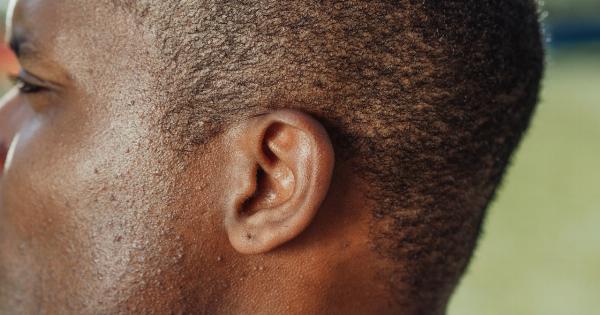Hearing loss is a prevalent condition that affects millions of individuals worldwide. There are various causes of hearing loss, including genetic factors, exposure to loud noises, aging, and certain medical conditions.
Recent research has shed light on the role of specific proteins in the auditory system and how their dysfunction can lead to hearing-related disorders. In this article, we explore the “protein keys” that play a crucial role in the disruption of hearing.
The Role of Proteins in Hearing
Proteins are essential building blocks of the body, involved in numerous biological processes.
In the auditory system, proteins are responsible for transmitting and processing sound signals, ensuring the proper functioning of the ear and auditory pathways. Researchers have identified several proteins that are key players in hearing, and abnormalities in these proteins can lead to hearing loss.
Otospiralin: A Key Protein in the Inner Ear
Otospiralin is a protein found in the cochlea, the spiral-shaped structure of the inner ear involved in hearing. It is primarily expressed in the outer hair cells, which are crucial for amplifying sound signals.
Otospiralin helps in the proper formation and maintenance of the delicate structure of the cochlea. Mutations in the gene encoding otospiralin can cause structural abnormalities, leading to hearing impairment.
Connexins: Important Gap Junction Proteins
Connexins are a group of proteins that form gap junctions – specialized channels that allow direct communication between cells. In the auditory system, connexins are found in abundance in the cochlea and are vital for normal hearing.
Mutations in connexin genes, such as GJB2 and GJB6, have been linked to a specific type of genetic hearing loss called non-syndromic autosomal recessive deafness.
Myosin XV: A Motor Protein for Sound Sensation
Myosin XV is an unconventional myosin protein that plays a significant role in sound sensation.
It is involved in the transportation of other proteins within the hair cells of the inner ear, which are responsible for converting sound vibrations into electrical signals recognized by the brain. Mutations in the MYO15A gene, which codes for myosin XV, can disrupt this transportation process, leading to sensorineural hearing loss.
Presbycusis: Age-related Hearing Loss and Protein Dysregulation
Presbycusis, commonly known as age-related hearing loss, is a progressive condition that affects a large percentage of the elderly population.
Although the exact mechanisms involved in presbycusis are not fully understood, protein dysregulation is believed to play a crucial role. Studies have demonstrated age-related changes in various proteins within the cochlea, such as increased collagen deposition and reduced antioxidant enzymes, which contribute to the deterioration of hearing function.
Noise-induced Hearing Loss: Protein Damage and Inflammation
Noise-induced hearing loss (NIHL) is a type of hearing loss caused by exposure to loud noises. Prolonged or excessive noise exposure can lead to damage to the sensory cells of the inner ear.
Recent research has shown that noise exposure triggers the release of inflammatory molecules and oxidative stress, which can damage proteins within the auditory system. This protein damage can disrupt the normal functioning of the ear and result in permanent hearing loss.
Tinnitus: Protein Alterations and the Phantom Sound
Tinnitus is the perception of sound in the absence of any external acoustic stimulation. It is often associated with hearing loss, and recent studies have highlighted the involvement of specific proteins in the development of tinnitus.
Abnormalities in proteins related to neurotransmission, synaptic plasticity, and inflammation have been associated with the generation and maintenance of tinnitus. Understanding these protein alterations may provide insights into potential therapies for tinnitus management.
Therapeutic Implications and Future Directions
Advancements in our understanding of the role of proteins in hearing loss have significant therapeutic implications.
Targeting specific proteins and their associated pathways could potentially lead to the development of novel treatments for various hearing disorders. Gene therapy, pharmacological interventions, and regenerative medicine approaches are being explored to restore or prevent the loss of protein function in the auditory system.
Further research is needed to unravel the complex protein networks involved in hearing and to translate these findings into effective clinical interventions.
Conclusion
Proteins play a vital role in the auditory system, and disruptions in their function can lead to hearing loss and related disorders.
By unraveling the intricate protein networks involved in hearing, researchers are paving the way for potential therapeutic strategies. Understanding the “protein keys” and their involvement in the disruption of hearing brings us closer to developing effective treatments and interventions for individuals affected by hearing loss.






























